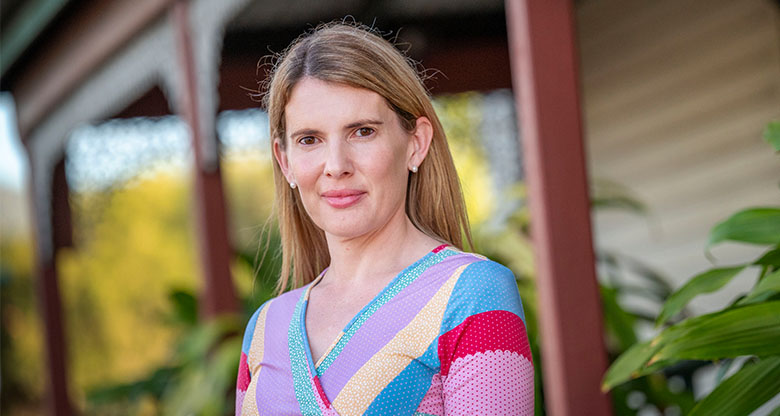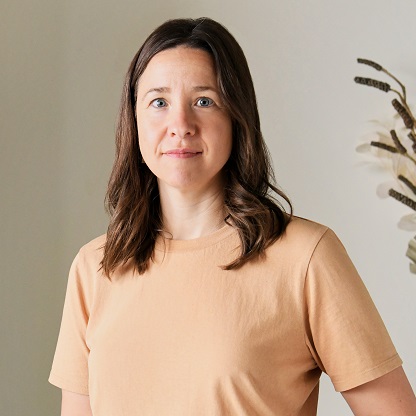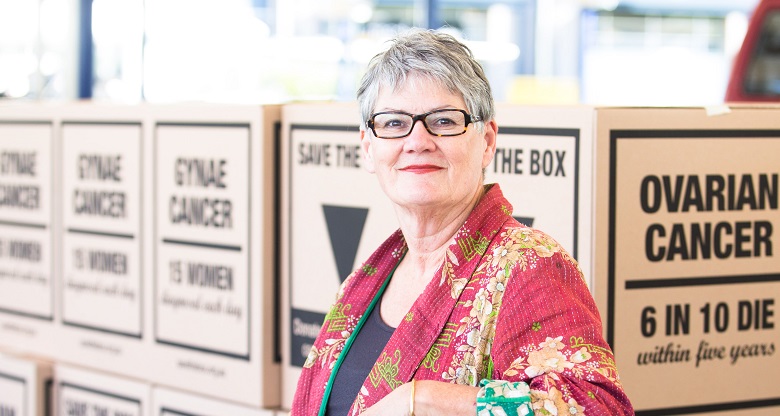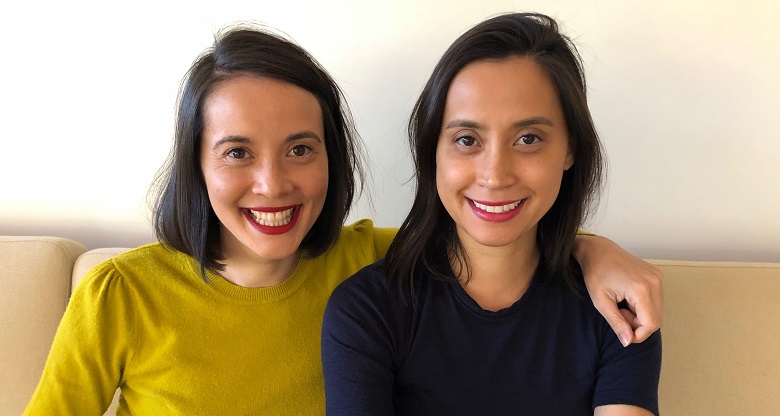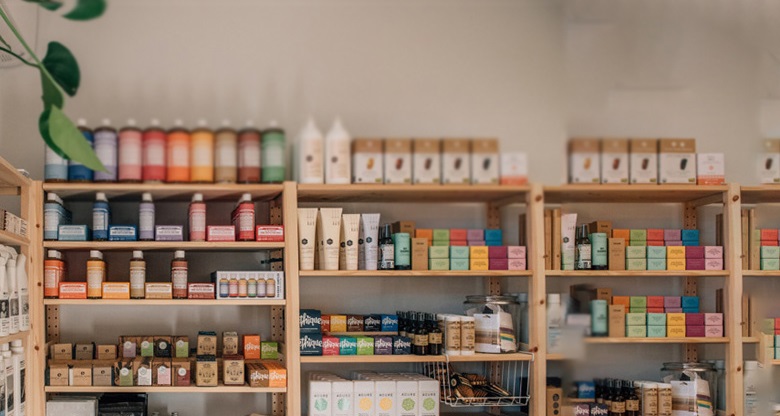Dr Naomi Gleadow did much of her training in Melbourne. Since qualifying in 2003 from Monash University, however, she has worked along Australia’s east coast, as well as in Africa and Ireland, before settling back in Townsville, where her husband Michael lived. Her experience includes specific women’s health practice, along with Aboriginal and Torres Strait Islander health.
In 2018 she joined Cranbrook Medical, a general practice that has been in the same Townsville location since 1995. It has had just one GP owner, with Naomi taking over this “unique, very loyal practice” in early 2020.
Pandemic brings constant change
Since Naomi began practising, GPs have experienced faster change than previous generations. However, the pandemic has forced day-to-day, even hour-to-hour change, with GPs pivoting between physical and online consultations. The standard response to patients’ requests for advice has become, “This may change tomorrow, but here’s my advice today.”
Thanks to technology, sometimes patients even know about changes before GPs, much to Naomi’s chagrin. “We like to be the bearer of important health news that impacts patients, so we’ve had to change our mentality there,” she says.
While Naomi uses social media more than before, she rates daily staff huddles and face-to-face patient communication as the best way to manage operational change and patient expectations. “As long as we keep communicating with patients about what we do know as information changes, patients respect that.”
Despite the rapidly changing environment and government health advice during the pandemic, the 2021 CommBank GP Insights report reveals that almost all Australian patients are satisfied with the way GPs are adapting. A very high proportion of patients are specifically satisfied with major changes, including telehealth and the way GPs are handling vaccinations.
Technology improves patient satisfaction
In an industry that still uses faxes, there has been a dramatic technological change since the pandemic’s onset. With some of Cranbrook Medical’s patients living up to 500 kilometres away, telehealth has been transformational.
Naomi can now speak to a farmer, who is working in a paddock, to check his latest blood pressure reading and make decisions based on the information he gives her over the phone or by video. The adoption of telehealth extends across Australia, with the GP Insights Report showing that one in four consultations are now conducted via telehealth.
Naomi explains that in the past, patient confidentiality was a barrier to new digital services. However, Naomi says patients are now very accepting of receiving scripts over the phone and medical certificates via email. “What patients want and how we provided services before wasn’t congruent. Technology is changing that,” she says.
Mounting pressures
For practices like Naomi’s, the temporary inclusion of telehealth as a Medicare item is a major improvement to practice economics. She hopes it becomes permanent. The GP Insights report confirmed that telehealth was having a mixed impact on practices’ profitability, and the rising cost of consumables and increased bulk-billing were adding to the financial pressure.
Naomi says that in the early days of the pandemic, however, it was often up to practices to buy the necessary masks and gloves to protect staff and patients. Naomi offers this as an example of how “practices, without any support or leadership from above, pivoted so well”.
Additionally, GPs are central to the vaccination rollout, with the general public being urged to consult their GP. The research also revealed that 56% of people would prefer to have their vaccination at their GP.
“Those aren’t 30-second conversations, but 15-minute conversations,” says Naomi. “The vaccination process itself further adds to practices’ time constraints. Longer-term, the pandemic will have a flow-on effect. This could include a higher incidence of mental health issues, or misdiagnosis where GPs are overwhelmed by patient demand.”
Solving staff shortages
General practice has been challenged by shortages of GPs and support staff for years, and in the GP Insights Report, practices rated it as the top challenge. Naomi says that GPs are leaving the profession as the growing pressures lead to burnout.
Around 14 years ago, when Naomi was working with an Aboriginal health worker in Townsville that particularly impressed her, she said to her husband, who was a teacher, “Wouldn’t it be great if we could train local staff?” From that conversation, Michael started Connect ‘n’ Grow. Offered from year 11, the program initially focused on providing healthcare training to Aboriginal and Torres Strait Islander students from rural and remote schools. The program has expanded to support students from any background to pursue a career in healthcare.
It is now a registered training organisation, with the program running in multiple schools around Australia. For Naomi, “the most enjoyable thing about Connect ‘n’ Grow is that if we can keep encouraging good people into healthcare, we will improve the whole workforce shortage.”
The best, not the biggest
Naomi bought Cranbrook Medical because she wanted a family-run practice with old-fashioned qualities, where the staff knows patients, and there is a multi-generational approach to family care. “I feel a sense of responsibility that I want our general practice to continue the way it’s going.” That is, a practice where patients want to come, staff want to work, and GPs can get joy from general practice.
She wants to provide good training for staff and be a strong safety net for patients. “I want to be a practice that I’d be proud to recommend to my own family. There’s not many of them out there anymore.”
The GP Insights Report examines the impact of the pandemic on General Practice, and the changing landscape for primary care. We encourage you to read the report to see how GPs are adapting and explore the view of Australian patients that appreciate the critical role GPs currently play in managing our health.
Sign up to the Women in Focus newsletter for updates on our community and events, and more content like this.
